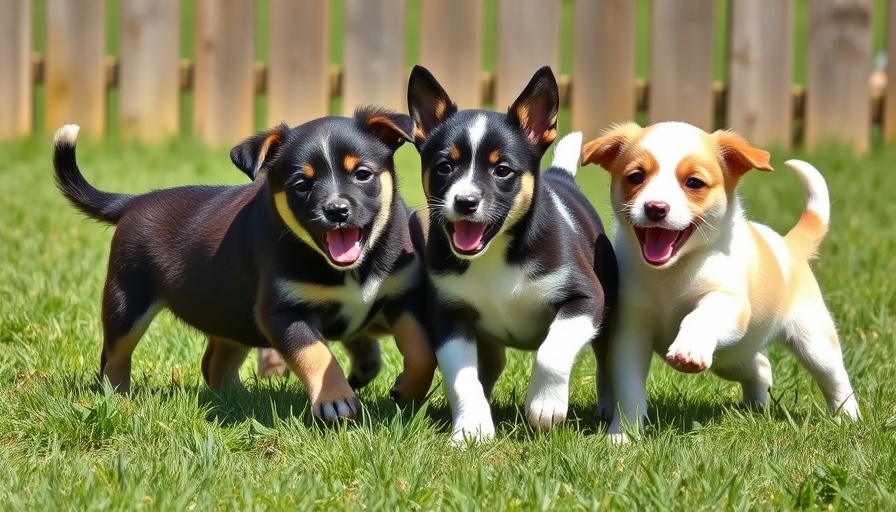
Understanding Goldendoodle Nutrition Needs
Goldendoodles, a delightful blend of Golden Retrievers and Poodles, are known for their high energy and affectionate nature. To nurture a healthy Goldendoodle, especially during the key developmental stages, proper nutrition is paramount. The right diet not only supports growth but also sets the foundation for a long, healthy life. With their large stature and active lifestyle, these pups require a well-balanced diet that meets their evolving needs.
Standard Goldendoodle Feeding Chart: The Essentials
The following feeding chart provides general guidance on how much to feed Goldendoodle puppies based on their age and weight. Remember that individual needs may vary, and it’s beneficial to consult with a veterinarian.
Age Puppy Weight (lbs) Cups Per Day Meals Per Day
0 – 4 weeks 10 – 15 Unlimited n/a
4 – 8 weeks 15 – 20 n/a 4 – 6
8 weeks – 6 months 20 – 40 Up to 1 3 – 4
6 – 12 months 40 – 50 2 – 3 2 – 3
12 – 18 months 50 – 70 3 – 4 2
18 – 24 months 50 – 80 4 – 5 2Key Factors for Proper Goldendoodle Feeding
As Goldendoodles grow, their dietary requirements shift. While young puppies might thrive on their mother’s milk, as they progress, transitioning to commercial puppy food becomes essential. Goldendoodles commonly need between 4 to 5 meals daily in their early stages. Post weaning, you can start introducing a high-quality puppy diet, gradually adjusting the food intake based on their weight and activity levels.
What to Include in Your Goldendoodle's Diet?
When selecting food for Goldendoodles, focus on high-quality, nutrient-dense options. Ideal ingredients include:
- Chicken, beef, or fish as primary protein sources
- Whole grains, such as brown rice or oats
- Vegetables like carrots and peas for fiber
- Fruits like blueberries to add natural sweetness and vitamins
Also, steer clear of harmful substances such as chocolate, grapes, and onions. Goldendoodles are susceptible to various dietary-related health issues, including obesity, which can exacerbate conditions like hip dysplasia. Therefore, monitoring their caloric intake is crucial.
Feeding Timing: Establishing Routine
Consistency is key in a Goldendoodle’s feeding schedule. Feeding puppies three to four times a day helps maintain their energy levels and supports digestion. By the time they reach adulthood, transitioning to two meals per day is often sufficient. Keeping a strict routine helps prevent overeating, which is common among Goldendoodles due to their food-loving nature.
Common Misconceptions About Goldendoodle Feeding
One prevalent misconception is that all dogs can eat the same amount of food regardless of their age, size, or activity level. Goldendoodles may react differently based on their energy expenditure. Thus, what works for one pet may not apply to another. Careful observation and adjustment of feeding amounts should be based on specific individual needs.
Creating a Healthy Future: Feeding Strategies You Can Implement
To ensure your Goldendoodle flourishes, it’s pivotal to adopt a proactive approach to feeding. A reliable strategy entails:
- Regularly weigh your puppy to benchmark against the feeding chart.
- Consult with a veterinarian for personalized dietary advice.
- Monitor their reactions to their diet—look for healthy energy levels and a shiny coat.
Making these changes will help foster a happy, healthy Goldendoodle.
In conclusion, understanding what and how much to feed your Goldendoodle is an essential part of being a responsible pet owner. Adjustments in diet according to their changing needs can lead to a healthier, longer life. If you're unsure about your Goldendoodle's nutritional needs, it's always best to seek professional advice from your veterinarian.
 Add Row
Add Row  Add
Add 




Write A Comment